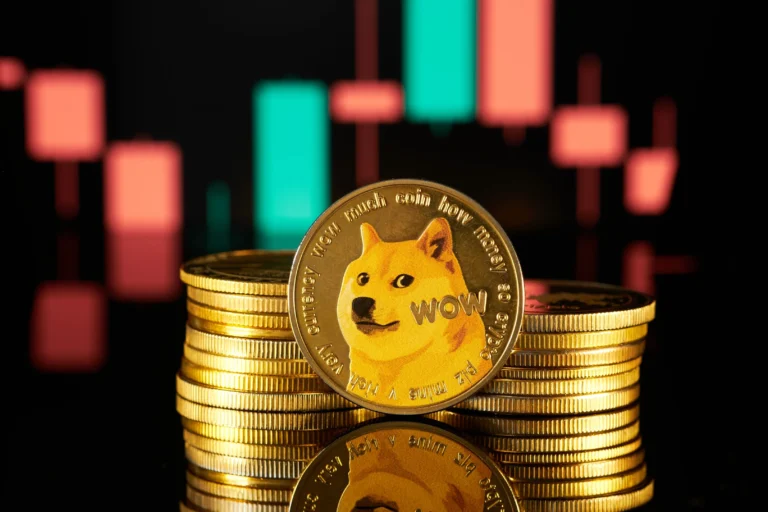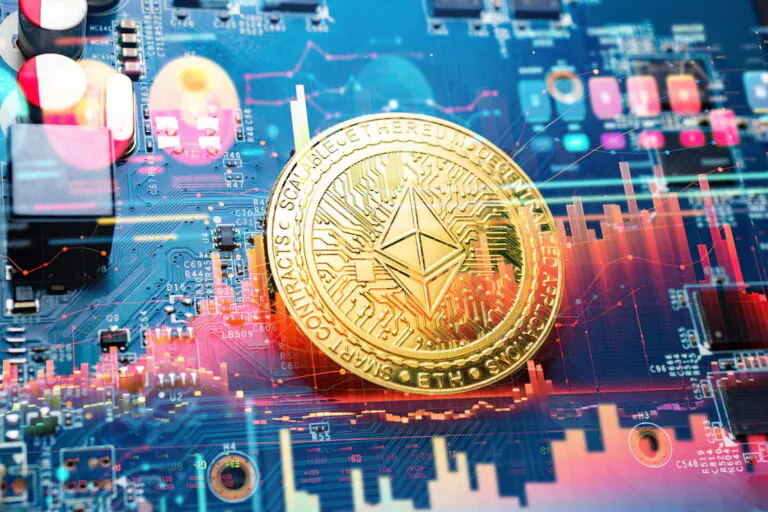Dogecoin (DOGE) with the image of a Shiba Inu dog called Kabosu as its logo, is one of the most popular and successful memecoins. It is considered an altcoin and was launched in December 2013.

Bitcoin Network Fee: What Is It and How Does It Work?
Cryptocurrencies play a pivotal role in today's financial operations, with Bitcoin serving as their flagship. Understanding the fee structure within the Bitcoin network stands as a pivotal factor in navigating this cryptocurrency landscape. This fundamental component significantly shapes the pace and effectiveness of transactions within the expansive realm of Bitcoin.
Introduced in 2009 by an enigmatic entity named Satoshi Nakamoto, Bitcoin spearheaded the cryptocurrency wave as the pioneering and widely recognized digital currency. Its foundation on blockchain technology has ushered in a decentralized framework facilitating secure and transparent storage and transfer of digital assets.
How and Where to Buy Bitcoins?
- Cryptocurrency exchanges: these are the primary platforms for trading cryptocurrencies. Users can register, undergo verification, and buy/sell bitcoins and other cryptocurrencies. Examples of such exchanges include Coinbase, Binance, Kraken, and Bitfinex.
- Exchange platforms: these platforms allow the exchange of traditional currencies for cryptocurrency and vice versa. They offer services for purchasing bitcoins, accepting payments via bank transfers, credit cards, or electronic payments. Examples of exchanges include Coin24, Paxful, and Coinmama.
- Peer-to-Peer platforms: on these platforms, purchases occur directly between users, bypassing intermediaries. They provide a platform for bitcoin buyers and sellers to meet, where transactions happen directly between them. Examples include LocalBitcoins and Bisq.
- Bitcoin ATMs: these are physical devices that enable users to purchase bitcoins using cash or card payments. They are typically located in public places and offer a quick and convenient way to buy cryptocurrencies.
The choice of a platform to buy bitcoins depends on user preferences, security levels, availability, and convenience. However, it's essential to ensure the reliability and reputation of the chosen platform before conducting transactions.
What Fees Does Bitcoin Have?
When delving into Bitcoin network fees, two primary categories emerge:
- Transaction fees: these are charges paid by the sender to secure inclusion of their transaction in the blockchain, processed by the network of miners. The fee amount depends on the transferred funds and desired confirmation speed.
- Withdrawal fees: cryptocurrency exchanges and trading platforms may levy charges when moving bitcoins to an external wallet. These fees fluctuate based on platform policies and network conditions.
The transaction fee takes precedence as it directly impacts Bitcoin blockchain transaction processing. Its size fluctuates with network activity, transaction volume, and preferred confirmation speed. Conversely, withdrawal fees are incurred by users when transferring bitcoins from exchange accounts to personal wallets and may be platform-specific.
Grasping the nuances between these fees aids users in evaluating the comprehensive expenses of Bitcoin operations and crafting optimal fund management strategies.
Principles Governing Fee Determination
Bitcoin network fees adhere to several principles governing their size and transaction priority:
- Supply and demand: fee sizes correlate with network congestion and the volume of transaction-seeking users. Increased transaction demand often escalates fees as users are willing to pay more for expedited operations.
- Transaction size: fees hinge on the data size that requires blockchain inclusion, tied to transaction inputs and outputs. Greater data necessitates higher fees due to increased computational resources needed for processing.
- Transaction priority: elevated fees can hasten transaction confirmations, motivating miners to prioritize higher fee transactions for greater rewards.
- User control: certain wallets empower users to set their transaction fee, granting them authority over confirmation speed and fee expenditure.
These principles interplay, shaping the ongoing average fee within the Bitcoin network and influencing transaction processing. Familiarity with these principles enables users to make informed decisions concerning fee sizes and anticipated transaction confirmation timelines.
Lowest and Highest Fees
The lowest fees in the Bitcoin network are typically small amounts, especially during periods of low activity and transaction volume. Users often have the option to choose fee levels based on their needs and willingness to wait for transaction confirmation.
On the other hand, during times of increased network activity when the demand for transactions significantly rises, fees can noticeably spike, especially if expedited confirmation is required. In such cases, users may encounter higher fee expenses to prioritize inclusion of their transactions in blocks.
Therefore, the lowest and highest fees in the Bitcoin network are directly related to current network activity and user requirements, varying significantly based on context.
Conclusion
Bitcoin network fees play a crucial role in blockchain operation and transaction confirmation. Their size is determined by factors like transaction demand and supply, transaction volume, and desired confirmation speed.
Understanding the principles behind fee calculation enables users to choose optimal fee levels based on the situation. Determining the lowest and highest fees depends on current network activity and user demands.
Considering these factors, Bitcoin users can make informed decisions about fee sizes when conducting transactions, balancing between processing speed and transaction costs in the Bitcoin network.
Start your crypto exchange with Coin24

Exchange BTC, ETH, USDT and more — cash or card

Secure and fast crypto exchange since 2018



